QOS-Enabled Networks —— Tools and Foundations
----- QoS网络:工具与基础
About the Authors. Foreword. Preface. Acknowledgements. Abbreviations PART I THE QOS REALM. 1 The QOS world. 1.1 Operation and Signaling. 1.2 Standards and Per-Hop Behavior. 1.3 Traffic Characterization. 1.4 A Router without QOS. 1.5 Conclusion. References. Further Reading. 2 The QOS Tools. 2.1 Classifiers and Classes of Service. 2.2 Metering and Coloring - CIR/PIR Model. 2.3 The Policer Tool. 2.4 The Shaper Function. 2.5 Comparing Policing and Shaping. 2.6 Queue. 2.7 The Scheduler. 2.8 The Rewrite Tool. 2.9 Example of Combining Tools. 2.10 Delay and Jitter Insertion. 2.11 Packet Loss. 2.12 Conclusion. Reference. 3 Challenges. 3.1 Defining the Classes of Service. 3.2 Classes of Service and Queues Mapping. 3.3 Inherent Delay Factors. 3.4 Congestion Points. 3.5 Trust Borders. 3.6 Granularity Levels. 3.7 Control Traffic. 3.8 Trust, Granularity, and Control Traffic. 3.9 Conclusion. Further Reading. 4 Traffic Types. 4.1 Anatomy of the TCP Protocol. 4.2 The TCP Session. 4.3 TCP Congestion Mechanism. 4.4 TCP Congestion Scenario. 4.5 PMTU. 4.6 QOS Conclusions for TCP. 4.7 Real-Time Traffic. 4.8 Anatomy of Real-Time Traffic. 4.9 RTP. 4.10 VOIP. 4.11 QOS Conclusions for VOIP. 4.12 IPTV. 4.13 Long-lived versus Short-lived Sessions. 4.14 Example of Internet Radio/Video. 4.15 Example of Peer-to-Peer (P2P) Applications. 4.16 Discovering P2P on the Network. 4.17 Illegal File Sharing and Copyright Violation. 4.18 QOS Conclusions for New Internet Applications. References. Further Reading. PAER II TOOLS. 5 Classifiers. 5.1 Packet QOS Markings. 5.2 Inbound Interface Information. 5.3 Deep Packet inspection. 5.4 Selecting Classifiers. 5.5 The QOS Network Perspective. 5.6 MPLS DiffServ-TE. 5.7 Mixing Different QOS Realms. 5.8 Conclusions. References. 6 Policing and Shaping. 6.1 Token Buckets. 6.2 Traffic Bursts. 6.3 Dual-Rate Token Buckets. 6.4 Shapers and Leaky Buckets. 6.5 Excess Traffic and Oversubscription. 6.6 Comparing and Applying Policer and Shaper Tools. 6.7 Conclusion. Reference. 7 Queuing and Scheduling. 7.1 Queuing and Scheduling Concepts. 7.2 Packets and Cellification. 7.3 Different Types of Queuing Disciplines. 7.4 FIFO - First in, First out. 7.5 Fair Queuing. 7.6 Priority Queuing. 7.7 Weighted Fair Queueing. 7.8 Weighted Round Robin. 7.9 Deficit Weighted Round Robin. 7.10 Priority-Based Deficit Weighted Round Robin. 7.10 Conclusions about the Best Queuing Discipline. Further Reading. 8 Advanced Queueing topics. 8.1 Hierarchical Scheduling. 8.2 Queues Lengths and Buffer Size. 8.3 Dynamically Sized versus Fixed-size Queue Buffers. 8.4 RED - Random Early Discard. 8.5 Using RED with TCP Sessions. 8.6 Differentiating Traffic Inside a Queue with WRED. 8.7 Head versus Tail RED. 8.8 Segmented and interpolated RED Profiles. 8.9 Conclusion. Further Reading. PART III CASE STUDIES. 9 The VPLS Case Study. 9.1 High-Level Case Study Overview. 9.2 Virtual Private Networks. 9.3 Service Overview. 9.4 Service Technical Implementation. 9.5 Network Internals. 9.6 Classes of Service and Queue Mapping. 9.7 Classification and Trust Borders. 9.8 Admission Control. 9.9 Rewrite Rules. 9.10 Absorbing Traffic Bursts at the Egress. 9.11 Queues and Scheduling at Core-Facing Interfaces. 9.12 Queues and Scheduling at Customer-Facing Interfaces. 9.13 Tracing a Packet Through the Network. 9.14 Adding More Services. 9.15 Multicast Traffic. 9.16 Using Bandwidth Reservations. 9.17 Conclusion. Further Reading. 10 Case Study IP RAN and Mobile Backhaul QOS. 10.1 Evolution from 2G to 4G. 10.2 2G Network Components. 10.3 Traffic on 2G Networks. 10.4 3G Network Components. 10.5 Traffic on 3G Networks. 10.6 LTE Network Components. 10.7 LTE Traffic Types. 10.8 LTE Traffic Classes. 10.9 Conclusion. References. Further Reading. 11 Conclusion. Index.
{{comment.content}}

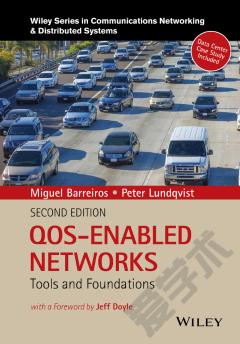
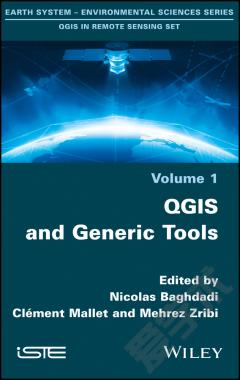
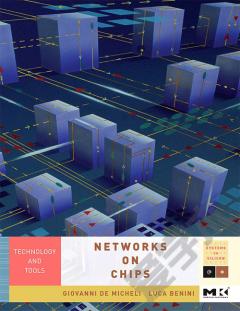
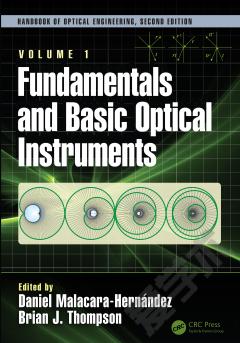

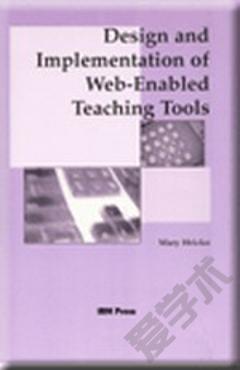

 京公网安备 11010802027623号
京公网安备 11010802027623号